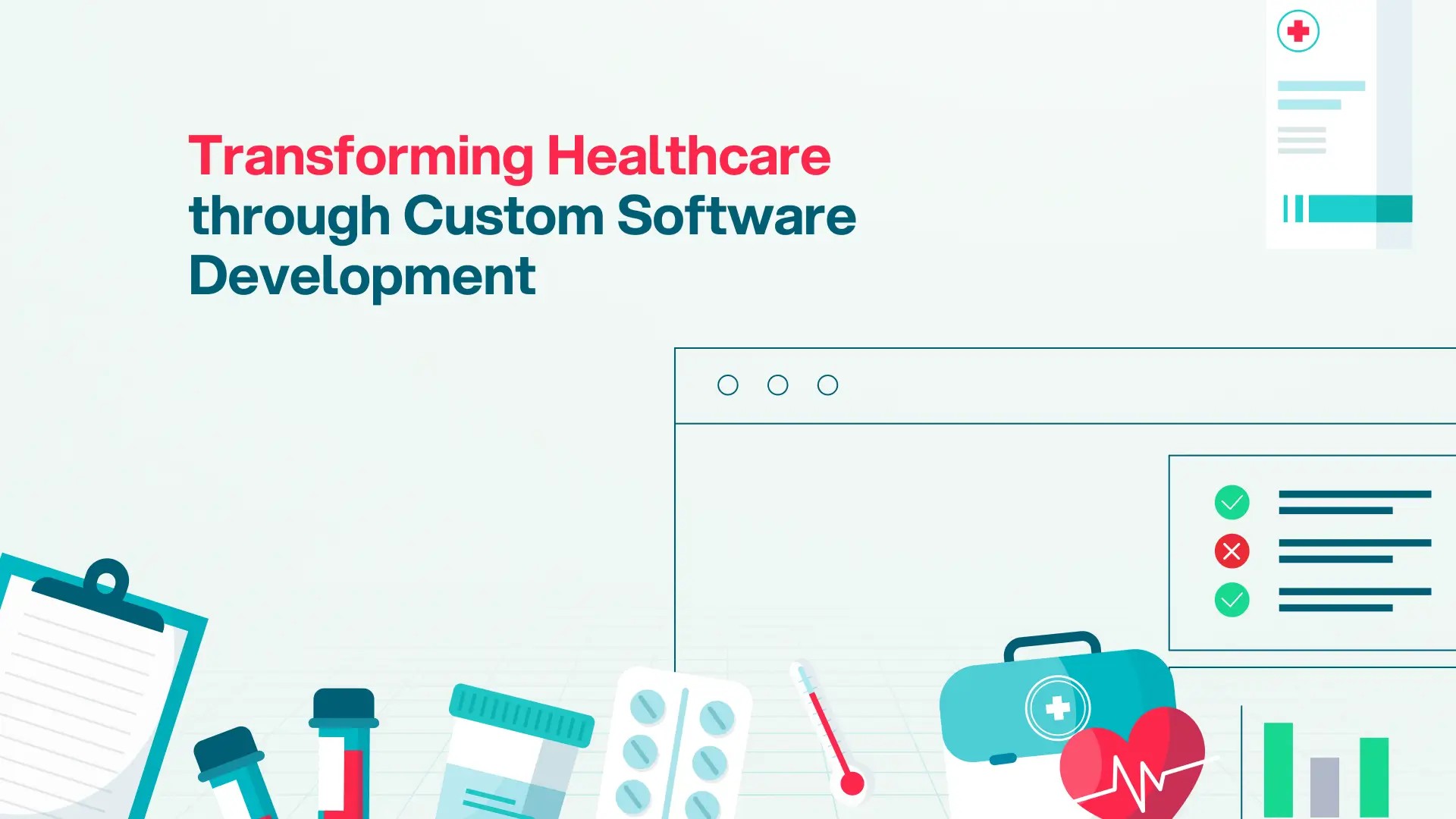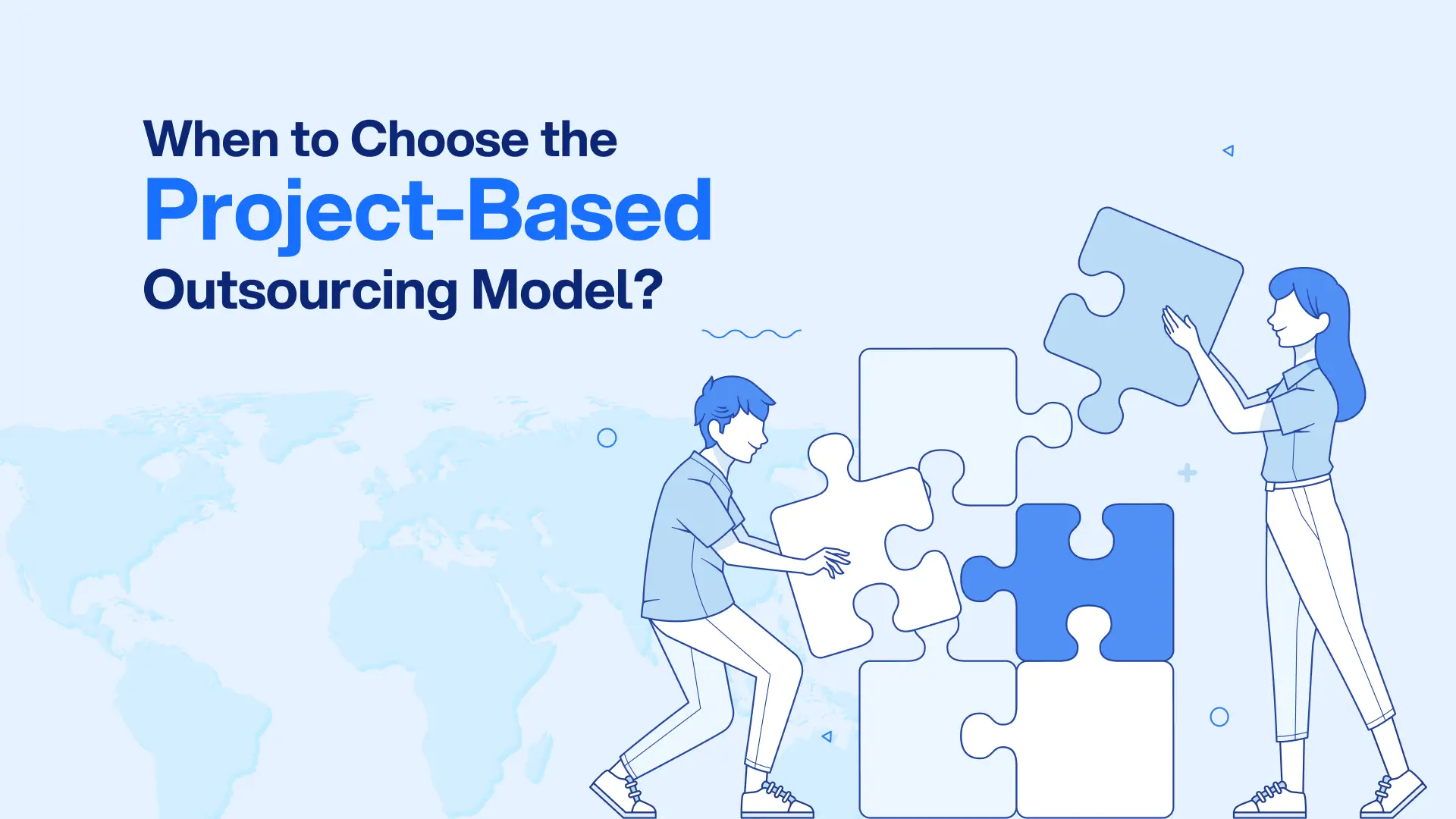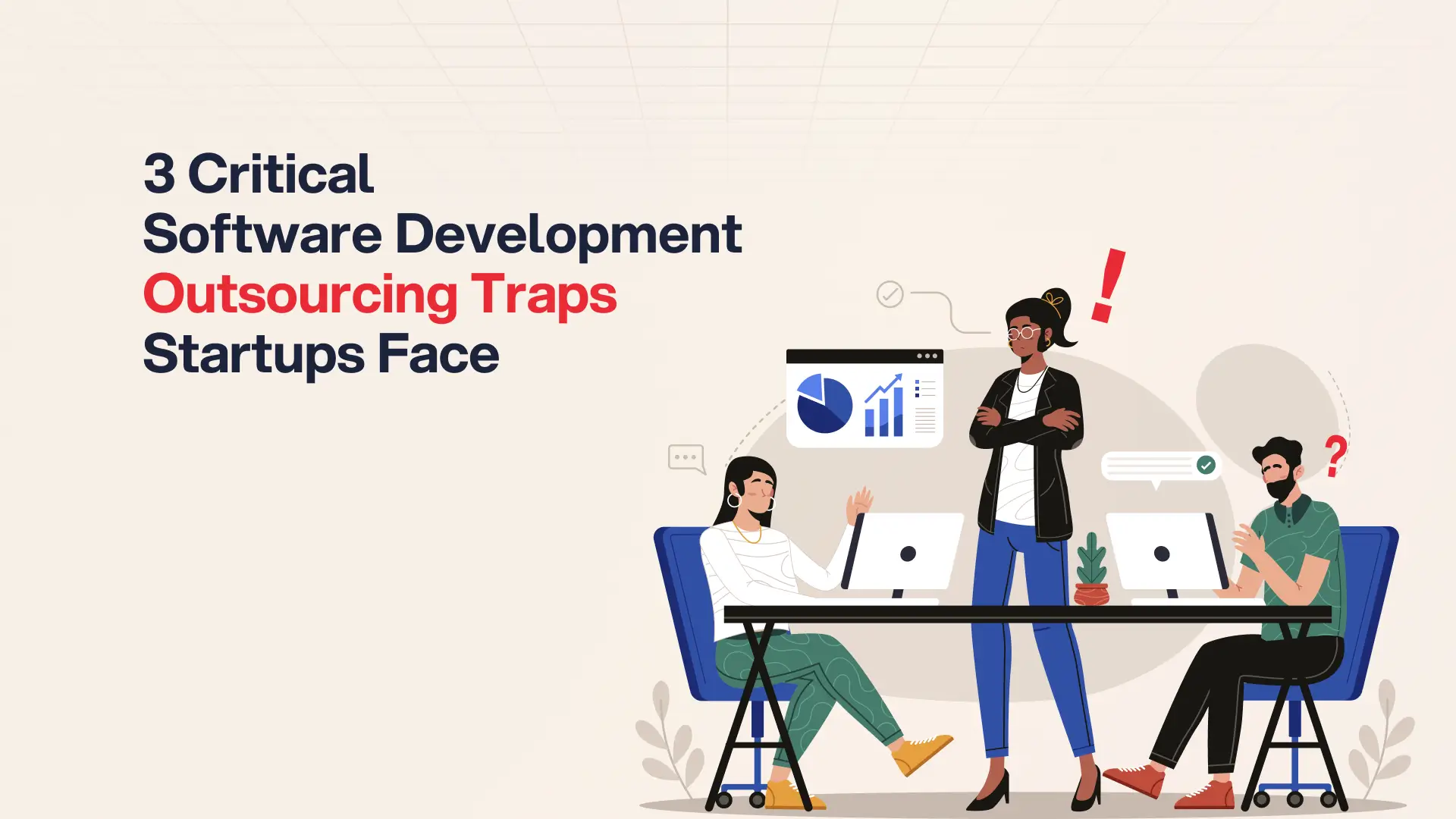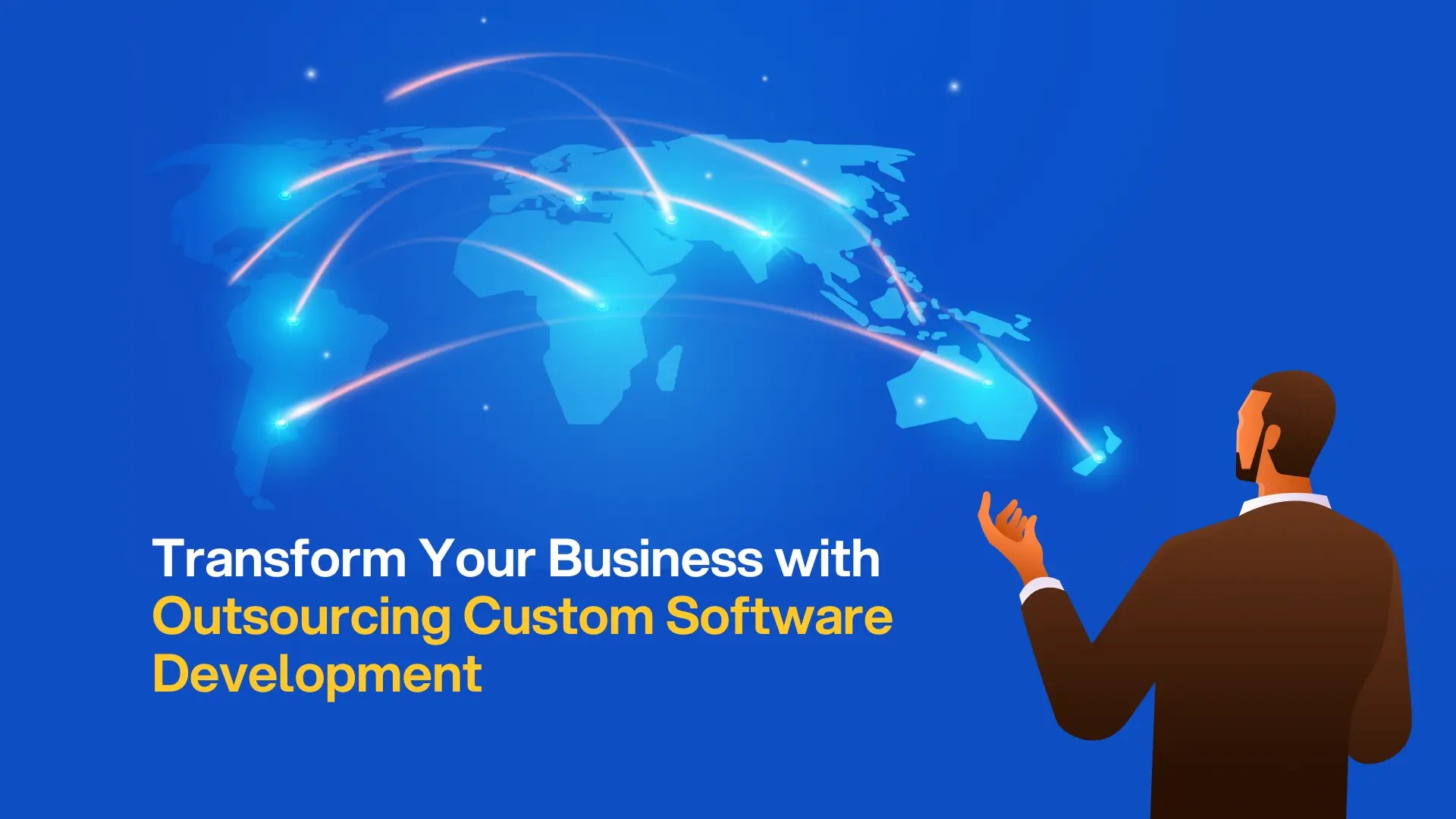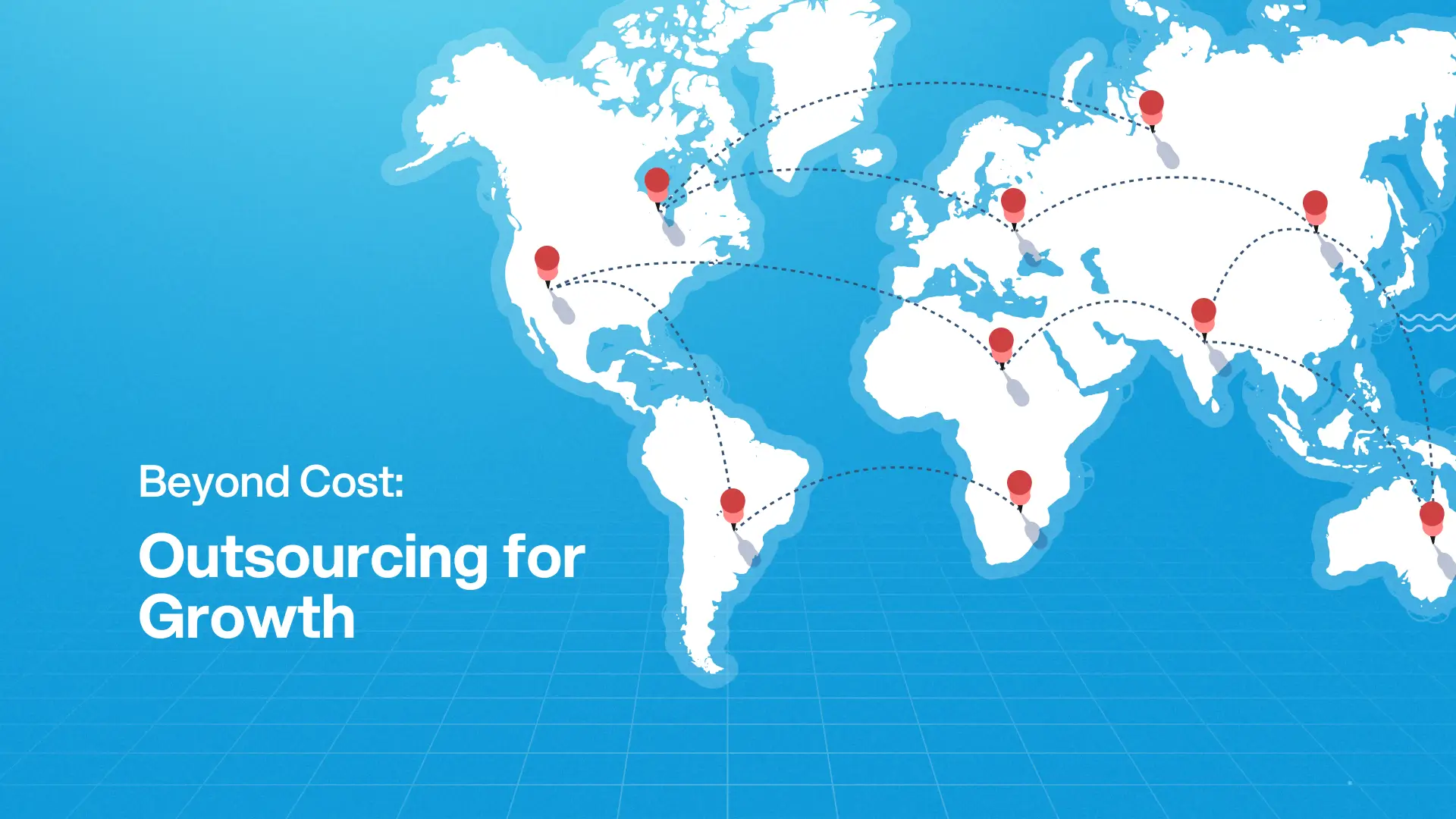Post Activity
 314
314
Table of Content
Share This Post
Table of Content
The benefits of outsourcing software development in 2025 extend far beyond simple cost reduction. While cost efficiency remains a critical driver, it now acts as an enabler, freeing capital for reinvestment in R&D, digital transformation, and market expansion. Executives are using outsourcing not just to cut expenses, but as a strategic lever to access world-class talent, accelerate time-to-market with agile delivery, and scale teams seamlessly as business needs evolve.
At the same time, outsourcing strengthens compliance and risk management while allowing leadership to stay focused on strategic business priorities. Global hubs in Eastern Europe, Latin America, and Asia provide specialized expertise in AI, cloud, and DevOps, helping companies deliver projects up to 40% faster under rigorous security and regulatory standards. In today’s high-pressure digital economy, outsourcing has evolved into a cornerstone of innovation, resilience, and long-term competitiveness.
Global Talent Pool: Unlocking World Class Expertise
In 2025, 57% of tech leaders struggle to hire IT talent due to skill gaps. This shortage pushes enterprises to source talent globally through outsourcing. Outsourcing addresses this challenge by connecting companies to world class specialists within days, supported by mature R&D ecosystems and community-driven best practices. These diverse, cross-cultural teams spot usability issues early, while time-zone differences keep your project moving 24/7.
Why It Matters
Outsourcing provides access to expertise rarely available in-house:
- AI/ML: MLOps (Machine Learning Operations) experts and vector database specialists accelerate AI driven features like predictive analytics.
- Cloud & DevOps: Engineers skilled in Terraform and Kubernetes (tools for managing infrastructure) streamline systems, cutting downtime and cloud costs by up to 30%.
- Security & Compliance: Teams skilled in GDPR, HIPAA, and PCI embed secure practices, protecting your data and reputation.
- Legacy Modernization: Experts use strangler patterns (a method to replace old systems gradually) to modernize COBOL or Java safely.
- Mobile UX/UI: Designers craft intuitive, accessible experiences that shine across devices.
Real World Impact
A US healthcare provider teamed up with a nearshore firm in Mexico to build a HIPAA-compliant patient engagement platform. The impact? By leveraging the vendor’s regulatory expertise, they cut audit preparation time by 35% and launched six months early, all while safeguarding patient data. This wasn’t just a win—it built trust with patients and stakeholders.
How to Capture This Benefit
To maximize this advantage, define detailed capability matrices to map vendor skills to project needs. Require certifications like AWS, PMP, or CISSP to ensure expertise. Tap into vendors’ open-source software (OSS) networks to align with current, compliant stacks, and leverage time-zone handoffs to maintain continuous progress. Regular syncs across regions keep teams aligned and momentum high.
Thinking of Outsourcing?
Access a wide range of outsourcing companies and find your best fit.
Scalability & Flexibility: Adapting at the Speed of Change
Outsourcing offers unmatched flexibility, enabling companies to scale up for major product launches or scale down post peak without the overhead of managing internal hires. Flexible engagement models time and materials for exploratory phases, fixed-price for well-defined scopes, or outcome-based for growth initiatives combined with multi-geo teams ensure resilience, experimentation, and seamless geographic expansion.
Why It Matters
- On Demand Specialists: Access niche experts in security, data engineering, or localization for critical sprints, with bench resources ready for demand surges.
- Geo Expansion: Launch region-specific features without establishing local offices, spreading operational risk across geographies.
- Resilience: Multi vendor or multigeo setups safeguard against disruptions, from geopolitical tensions to supply-chain challenges, ensuring continuity.
Real World Impact
Netflix’s partnership with AWS DevOps specialists allowed it to scale infrastructure to support 200 million users seamlessly, adapting to massive growth without missing a beat. Outsourcing critical infrastructure support allowed the company to adapt to massive growth without service disruption, while keeping its internal teams focused on content and user experience.
How to Capture This Benefit
Incorporate bench access, knowledge transfer, and shadowing clauses into contracts to ensure smooth scaling. Maintain a dynamic skills backlog and a surge plan to address unexpected needs. Regular capacity reviews with vendors keep resources aligned with project demands, ensuring adaptability without disruption.
Risk Management & Compliance: Navigating with Confidence
As companies scale development across regions, risk management and compliance become board-level priorities. While outsourcing drives speed and innovation, hidden costs, cultural misalignment, or high vendor turnover can undermine results if left unchecked. In regulated industries like healthcare and fintech, even minor compliance failures can lead to significant setbacks.
Leading outsourcing partners mitigate these risks by consolidating scarce compliance expertise and embedding robust controls. They deliver GDPR, HIPAA, and PCI compliant processes alongside advanced security measures such as multifactor authentication, zero trust architectures, and regular penetration testing. These practices reduce risks such as IP theft, data breaches, or project delays, turning compliance into a competitive advantage rather than a constraint.
Why It Matters
- Compliance Expertise: Vendors with deep regulatory knowledge ensure adherence to complex standards, avoiding costly penalties and accelerating approvals.
- Security: Zero trust frameworks and proactive penetration testing safeguard sensitive data and IP.
- Audit Readiness: Pre built compliance frameworks shorten audit preparation times and streamline certifications.
Real World Impact
According to IBM’s Cost of a Data Breach Report 2023, the global average cost of a data breach reached $4.45 million, marking a 15% increase over the past three years. The study also found that organizations with extensive use of security AI and automation shortened breach response times by 108 days on average compared to those without such capabilities. These findings highlight why partnering with outsourcing vendors that hold SOC 2 or ISO/IEC 27001 certifications and embed advanced security practices is critical for reducing both the financial and operational impact of compliance failures.
How to Capture This Benefit
Establish clear communication protocols and cultural alignment workshops at project kickoff to avoid friction. Build phased knowledge transfer plans and enforce minimum retention clauses to maintain continuity. Maintain internal governance teams to monitor scope, costs, and service levels, and select partners with proven compliance credentials backed by third-party attestations.
Ready to Build Your Team?
Let’s create together, innovate together, and achieve excellence together. Your vision, our team – the perfect match awaits.
Accelerated Time-to-Market: Speed as Your Competitive Edge
Once compliance and governance are secured, speed becomes the ultimate differentiator in a fast-moving tech landscape. Outsourcing’s pre-built teams and streamlined CI/CD pipelines compress development cycles by 30-50%, according to IDC projections. This velocity doesn’t just capture revenue faster, but it enables rapid prototyping and iterative feedback loops, transforming ideas into market-ready solutions with precision and agility.
Why It Matters
- Quick Start: Vendors onboard in weeks, armed with established pipelines, bypassing the months-long hiring process that slows in-house teams.
- Parallel Streams: Front-end, back-end, and platform workstreams progress simultaneously, maximizing efficiency.
- CI/CD: Automated build, test, and deploy pipelines reduce cycle times and de-risk releases, ensuring consistent, high quality output.
- Prototyping: Thin slice MVPs allow companies to test ideas early, gather user feedback, and refine features before committing significant resources.
Real World Impact
Spotify’s strategic use of outsourced squads to implement CI/CD pipelines is a prime example. By streamlining feature releases, they significantly cut delivery times, cementing their leadership in the music streaming market. This speed allowed Spotify to stay ahead of competitors by rapidly iterating based on user feedback.
How to Capture This Benefit
Set ambitious lead-time and deployment frequency targets in Statements of Work (SOWs). Incorporate feature flags to roll out updates incrementally, prioritize minimal viable features to validate concepts, and track change failure rates to drive continuous improvement. Regular sprint reviews with vendor teams ensure alignment and tight timelines.
Focus on Core Business Functions: Amplifying Your Vision
In today’s relentless business environment, distractions can derail progress. Outsourcing offloads technical execution, empowering leaders to focus on strategic priorities like market positioning, customer insights, and partnerships. By simplifying governance through a single vendor interface and adopting agile workflows, outsourcing reduces internal bottlenecks and enhances organizational agility.
Why It Matters
- Strategic Leadership: Product managers can dedicate time to pricing strategies, market segmentation, and partnership development, driving long-term growth.
- Customer Engagement: Sales and customer success teams stay focused on user engagement, fostering stronger relationships and higher retention.
- Organizational Agility: Autonomous vendor squads operate with minimal oversight, freeing internal resources for high impact initiatives.
Real World Impact
In its early days, Slack outsourced its UX design to MetaLab, allowing its founders to refine market fit and scale rapidly to millions of users. This focus on core strategy rather than technical execution was key to Slack’s meteoric rise.
How to Capture This Benefit
Appoint a single product owner to streamline vendor interactions. Adopt quarterly business reviews (QBRs) with roadmap check-ins to maintain alignment. Use decision logs (ADRs) and RACI matrices to clarify responsibilities and keep internal teams focused on high-value strategic initiatives.
Find Your Perfect Software Outsourcing Partner
Unlock a world of trusted software outsourcing companies and elevate your business operations seamlessly.
Additional Strategic Benefits of Outsourcing
Beyond core drivers such as talent access, scalability, compliance, and speed, outsourcing delivers additional advantages that strengthen long-term competitiveness:
- Enhanced Quality and Innovation: Built-in testing, rigorous code reviews, and design thinking workshops improve reliability and spark breakthrough ideas that differentiate products.
- Continuous Support and Development: 24/7 operations, frequent releases, and proactive monitoring ensure sustained performance and agility, keeping systems robust and responsive.
- Strategic Co-Creation: Partnerships with global innovators leverage AI and sustainable practices to drive key performance indicators (KPIs) like Net Promoter Score (NPS) and time-to-market.
- Strategic Innovation: Outsourcing enables parallel modernization efforts, experimentation with new business models, and resilience through multi-geo delivery, future-proofing operations.
- Cost Efficiency as an Enabler: While cost reduction is no longer the primary driver, outsourcing still unlocks substantial savings that can be redirected into innovation, digital transformation, and strategic market growth.
Choosing the Right Destination for Outsourcing
Selecting an outsourcing destination is no longer a simple cost equation. It’s a strategic decision that shapes access to talent, speed of delivery, and even regulatory alignment. The right geography can unlock innovation and resilience, while the wrong choice may lead to hidden costs, cultural friction, or compliance risks. Each region brings its own strengths to the table, offering unique opportunities depending on your priorities.
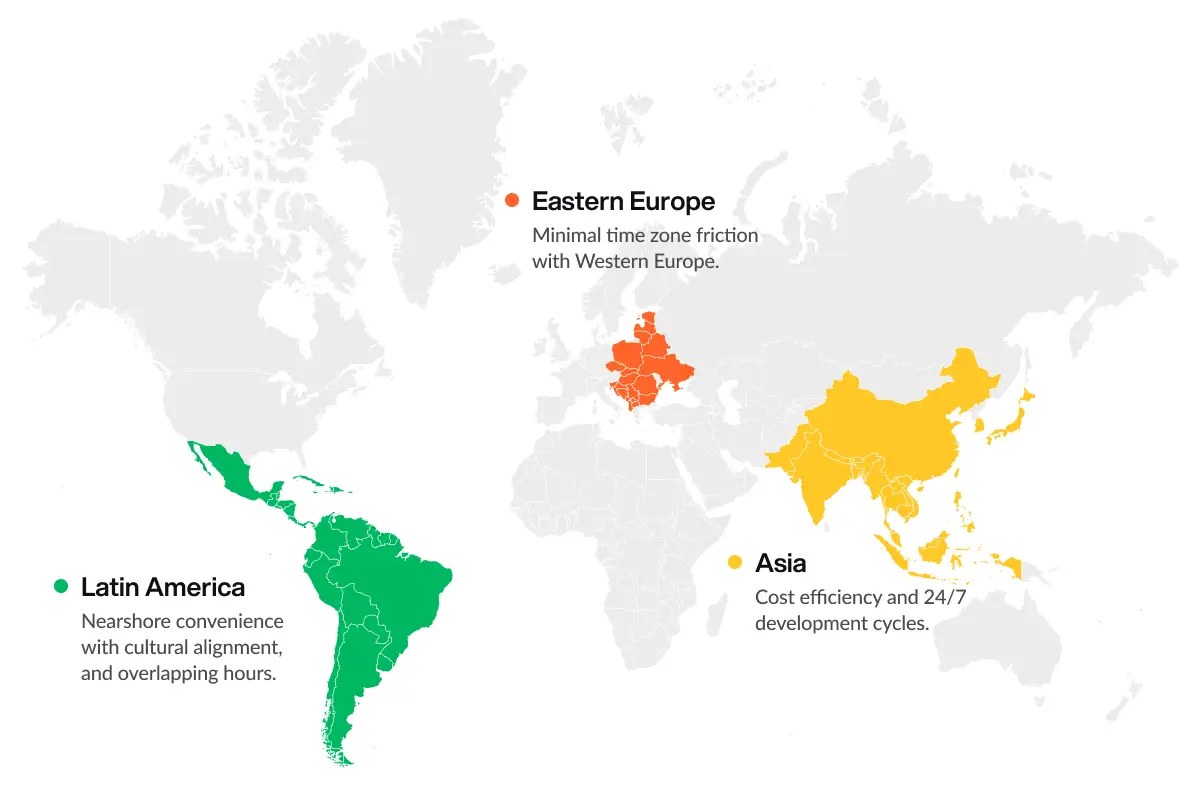
Image: Popular outsourcing regions
Eastern Europe: Renowned for advanced engineering and cybersecurity talent, strong STEM pipelines, and proximity to Western Europe, enabling minimal time-zone friction and seamless collaboration.
Latin America: Offers nearshore convenience for US firms, with bilingual teams, cultural alignment, and overlapping hours that support agile, real time workflows.
Asia: The largest ecosystem by scale, with mature vendor networks in India, the Philippines, and Vietnam, delivering cost efficiency and 24/7 development cycles for maximum productivity.
The most effective strategies blend multiple regions to balance cost, resilience, and innovation, creating a robust, diversified outsourcing model.
Final Takeaway
Outsourcing in 2025 has become a catalyst for organizational transformation. It is no longer just about cost savings. However, a transformative force for innovation, resilience, and compliance. Strategic outsourcing unlocks global talent, accelerates innovation, and builds the resilience required to navigate disruption, all while keeping leadership focused on customers and long-term vision. By choosing destinations and partners aligned with business priorities, and reinforcing those relationships with clear goals and accountability, organizations can harness outsourcing as a driver of agility, sustainable growth, and lasting competitive advantage.
Start Your Outsourcing Journey Today!
Access a Curated Network of Top Software Development Companies and Find your Best Fit.

